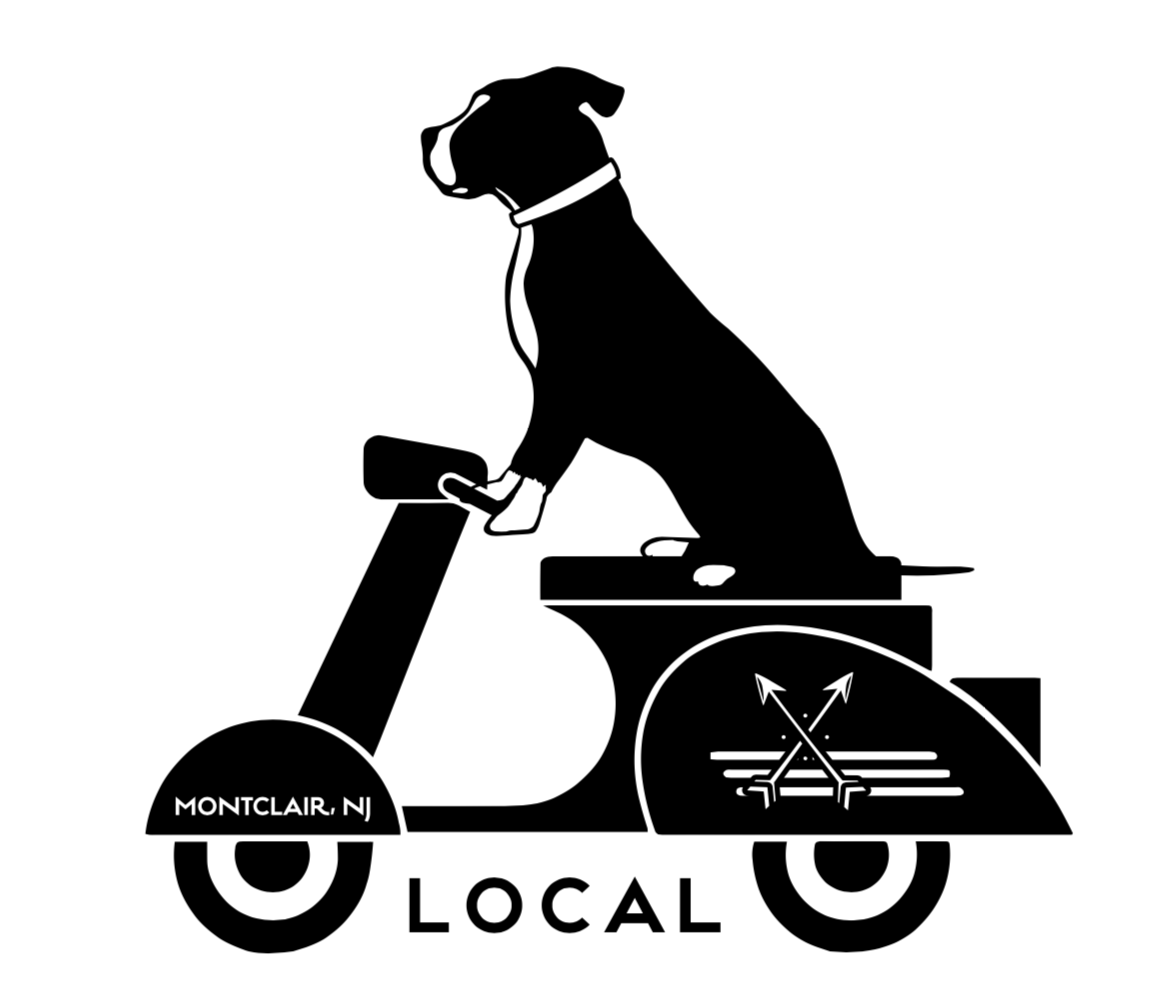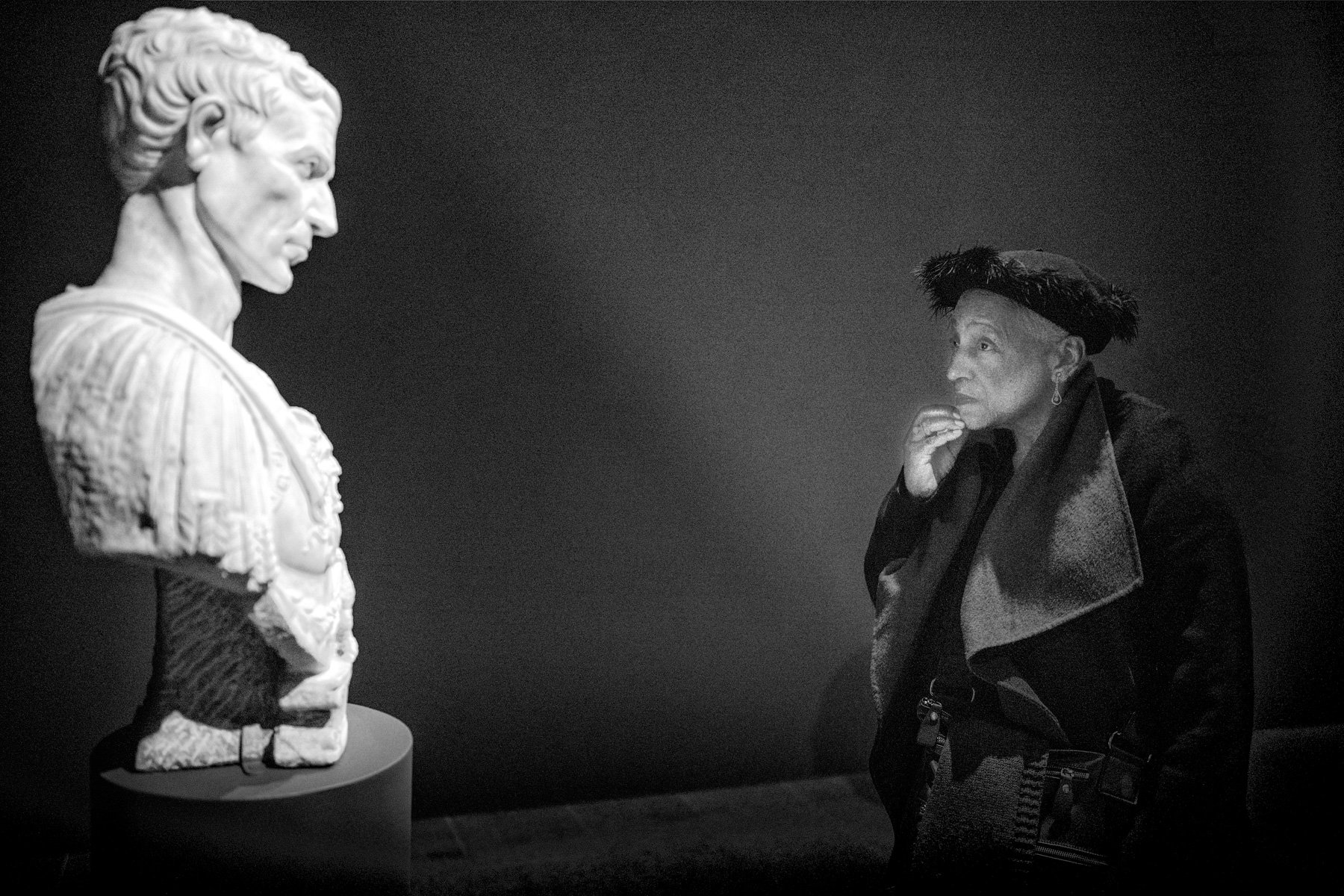LC: What a treat to have your work shared here at Local! So much to cover here but let's start with your relationship to Montclair, NJ. Please tell us how you are connected to this town.
WB: During the summer of 1976, I drove across the country interviewing at every independent high school that still needed an English teacher for the fall. The last interview was at MKA, and I was the last thing between the English chair and his vacation, so I got the job. My wife and I moved to a railroad flat above the ice cream store in Upper Montclair, and I started my first teaching job. Two years later I remember that I couldn’t believe they were actually paying me to teach…I was having so much fun. In 1978 we moved into a cottage on Central Ave owned by the school, which we later bought from them. In 1983 and 1986 our kids, Nick and Zoe, were born. In 1991, we moved to San Francisco so I could try my hand as the academic dean of a school there, but Montclair was always my “origin story,” and I never felt so woven into the full life of a community as I did there. And I never found brighter, harder working, more joyful, whole, and fully alive students as I knew at MKA during those 15 years. To get to see a group of them again 35 years later – brighter than ever and still full of beans – was so cool. Thank you.
LC: I had the pleasure of seeing you reconnect with some of your students from some time ago. It made me smile and got me thinking about reconnecting with some of my childhood teachers and mentors. How has this role (of teacher) allowed you to become an excellent communicator in your current (photographer) craft?
WB: I don’t think I have anything more profound to say about photography than most photographers, but just as teaching helped me overcome my natural introversion, it also gave me some ability and confidence to connect to strangers, to be interested in and respect their presence, and see in a moment the potential for a story…all important qualities for street photography.
LC: Alrighty then...let's get right to it. I listen to my clients talk about your photographs and I laugh at the wild swing of characterizations. What were you REALLY going for when setting out to capture these moments in time?
WB: I enjoy working in art museums because they provide ready-made some of the crucial elements for all street photography: a “set” or dramatic stage that provides geometry, lighting, and, of course, compelling props and people who are absorbed, mindful, unself-conscious, often dressed for the occasion, and naturally arranged in tableaux. Sometimes the compelling picture is purely formal – abstract arrangements of color and form that, once framed by the camera, hold the eye. “Alexander Calder at the Whitney” is a good example of a time when I saw such a potential and waited until the woman in white turned to reveal that phenomenal Gallic profile. Other times, the juxtaposition between the viewer and the work of art allows for a suggestive, psychological portrait. “Brancusi at the Guggenheim” is one of many examples when I returned time and time again to a work of art waiting for the right person to appear in exactly the right relationship to that iconic sculpture. And sometimes, though more rarely, a kind of dialogue occurs in which the viewer and the work of art appear to interrogate each other, in which the painting or sculpture appears to move or speak in response to the viewer. “Ferrucci’s Caesar at the Met” or “Michelangelo’s Brutus at the Met” are the most dramatic examples in which that mutual interrogation occurs across cultures and millenia, but I see that happening in the Mukherjee, Medicis, and Picasso portraits as well.
LC: Your exhibition here at Local, 'Pictures at an Exhibition', encouraged me to revisit several Street Photography masters. I agree with your summation that the photo allows us to 'witness story after story unfold that can only be revealed in 1/250th of a second and bound within a 2:3 aspect ratio.' Looking back at images from Arthur Fellig (Weegee) and Saul Leiter who really nailed that raw NYC of yesteryear - I also think there's a bit of 'someone else out there understands me' as these images are so very personal. Do you ever feel like you've perhaps gone in and ultimately allowed someone permission to express something they couldn't have otherwise?
WB: In general, I find that street photography, and particularly these images, do not reveal a story as much as they create one. So they may offer an illusion of self-expression, but it’s a fiction, entirely invented by the power of the frame, which creates its own context, and the invisible-to-the-eye momentary expression of the subject. The man next to Louise Bourgeois’s creature was not, as it appears, shocked by the threatening shape looming behind him; indeed, I have no idea what prompted his fleeting look of horror, but it was perfect for the story that the frame of that picture tells, the frame which conveniently eliminates all the other visitors and thrusts him into a relationship with the sculpture that he’s not even looking at.
LC: You are lucky in that you are able to share your work across different venues. What are the types of things you learn from having the same work in different spaces?
WB: It’s rare, actually, for me to have this kind of opportunity to engage in a dialogue with an audience, but I’d say I’ve learned more by photographing in different venues than by exhibiting in different forums. Occasionally, I’ll get into conversation with a curator or editor about the work, but then it’s usually a matter of selecting and sequencing photographs. I have learned that folks often believe that the scenes have to have been staged or posed. Or, at least, that the subjects knew that I was photographing them. Those kind of questions seem to speak to the success of the illusion I just mentioned, that the images seem intimate and personal, that they seem to get inside a relationship or reveal a mind. In fact, the subjects rarely know, if ever, that I’ve made a photograph, and I’ve never posed or set up a picture. Occasionally, I’ve been tempted to ask, but that would defeat the purpose and certainly result in weak image. One of the strategic advantages of photographing in museums is that I’m just another visitor with a camera, so it’s pretty easy to stay inconspicuous, to be the observer who does not influence what he’s observing. Different exhibits inspire different general responses from visitors. For example, the Michelangelo drawing show at the Met in 2018 seemed to pull in a lot of “slow art” sensibilities – visitors who would study a work for 20 or 30 minutes and be completely transported. On many occasions I was able to get within a foot or two to make a portrait. Others seem to provoke “mirroring,” visitors who take on a stance or posture reflecting a figure in the work of art. In that case, I will compose the image ahead of time and wait (or “fish” in street photo lingo) for a visitor to complete the photograph. But overall the failure rate is very high. If I emerge from two hours at an exhibit with one image that I eventually print, I count the day as a huge success.
LC: Tough question (maybe) but do you have a favorite camera and why?
WB: Actually, it is an easy question. All of my recent museum work is made with Leica Q2, either the regular model or the new monochrome version. It is a light, nimble, silent, inconspicuous camera with a fast, fixed 28mm lens, pretty good autofocus, and excellent resolution at high ISO values – so it’s very good in the dim light of most museums. I do very little post-processing and print on smooth baryta paper because I want the prints to look like classic silver photographs. The harder choice for me is between B&W and color, and with the monochrome camera, I often have to make that choice before I go into a show. By experience and taste, I am a B&W photographer and mostly agree with Ariana, your previous artist, that color is often a distraction and conceals more than it shows, especially in street photography. I have photographed frequently in Cuba – really the color capital of the world – and always process that work in B&W, which focuses my eye on the geometry of the streets and on the character of the people. And yet with the museum work, where the color in paintings is so critically important to the experience of the artwork, the juxtapositions I’m seeking are often strengthened by working in color.
LC: What's your favorite coffee or tea beverage?
WB: Small cappuccino, regular milk (just a little, please).
Learn more about Bill by visiting his website here







